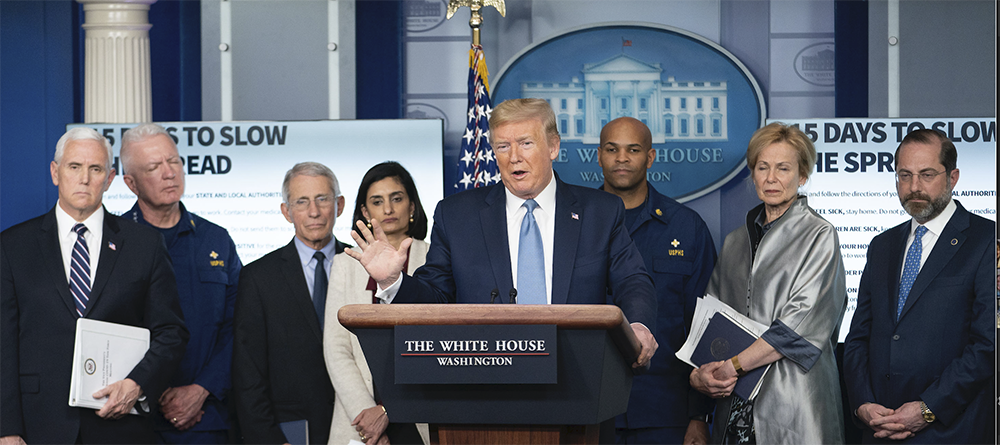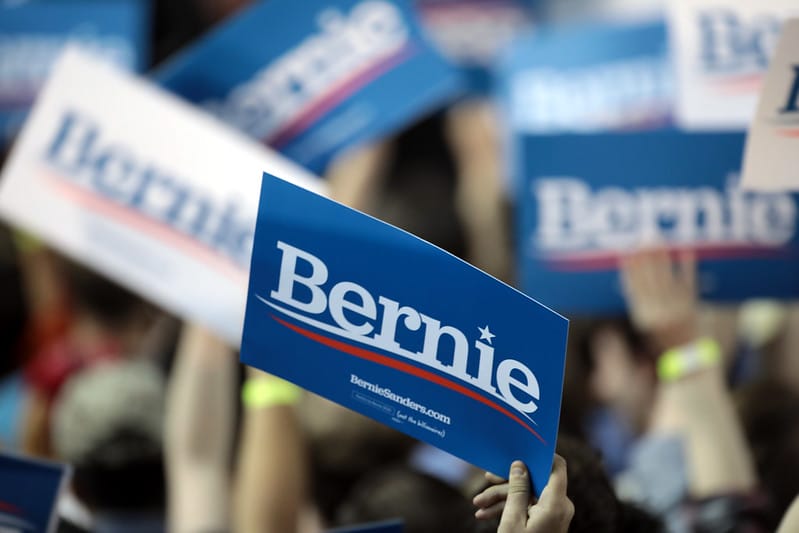President Donald J. Trump, joined by Vice President Mike Pence and members of the White House Coronavirus Task Force, delivers remarks at a coronavirus update briefing Monday, March 16, 2020, in the James S. Brady Press Briefing Room of the White House. /Official White House Photo by D. Myles Cullen
By Josh Kelety | Phoenix New Times
During the course of the COVID-19 pandemic, Governor Doug Ducey has repeatedly pointed to the White House Coronavirus Task Force as his gold standard for advice on how to respond to the coronavirus outbreak in Arizona.
He recently reiterated this view at a December 2 press briefing, stating “I focus on what the White House Coronavirus Task Force says.”
He went on to note some of the task force’s members, like Dr. Anthony Fauci, director of the National Institute of Allergy and Infectious Diseases, and Dr. Deborah Birx, the White House’s coronavirus response coordinator. Ducey also noted that he gets the “best recommendation” from Dr. Cara Christ, director of the Arizona Department of Health Services.
But Ducey is seemingly at odds with the White House Coronavirus Task Force when it comes to his own policy response to the current surge in COVID-19 cases and hospitalizations in Arizona.
In a report issued by the task force on November 29 containing state-by-state assessments and recommendations, the task force had a dire message when it comes to Arizona’s situation and urged further mitigation measures be implemented. Arizona Mirror first reported on the document last week.

“Arizona is experiencing a full resurgence equal to the summer surge but without the needed aggressive mitigation across the state,” the report reads.
Additionally, the report states, “New hospital admissions in Arizona are rapidly increasing and mitigation must be increased.”
The task force made no specific mention of targeted lockdowns or business closures, akin to what Ducey implemented back in June when he temporarily shut down bars and gyms in an effort to stem the summer COVID-19 surge. But it did call for a “significant reduction” in “public and private indoor spaces, including bars and restaurants.”










